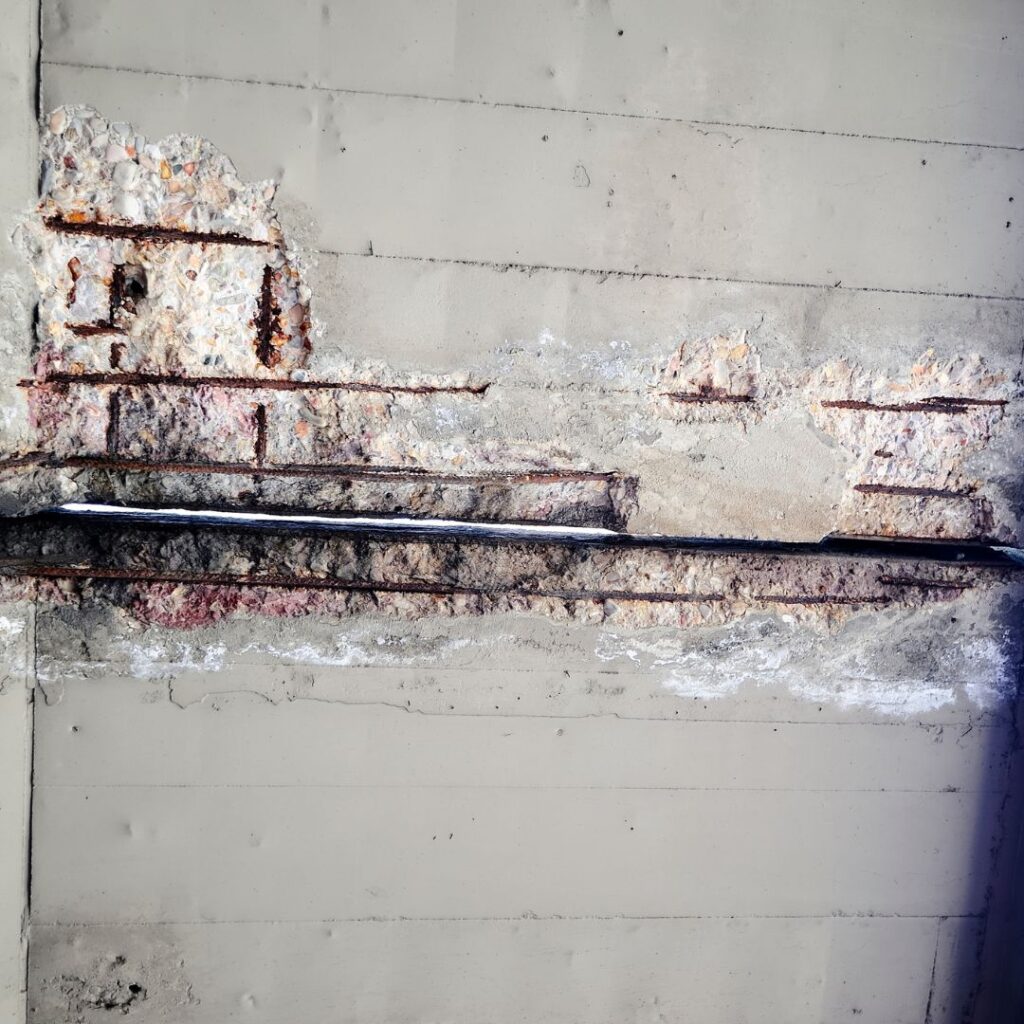
Expert Concrete Cancer or Spalling Solution
Concrete cancer, also known as concrete spalling or concrete spalling repair, is a common and concerning issue that many homeowners, property managers, real estate developers, and construction companies face. If left untreated, concrete cancer can result in costly repairs and potentially compromise the structural integrity of a building. Let us understand the causes of concrete cancer, its signs and symptoms, and most importantly, expert solutions to prevent and address this issue effectively.
Understanding Concrete Cancer
Concrete spalling or cancer occurs when the steel reinforcement within concrete structures begins to corrode, which causes the surrounding concrete to crack, flake, or peel. This corrosion is typically the result of moisture and oxygen infiltrating the concrete, making contact with the embedded steel reinforcement. Over time, this leads to the expansion of the steel, causing cracks and spalling in the concrete, commonly known as concrete spalling or cancer.


Signs and Symptoms of Concrete Spalling or Cancer
Recognizing the signs and symptoms of concrete spalling or cancer is crucial in addressing the issue promptly. Some common indicators include:
Cracking and Spalling
One of the most apparent signs is the presence of cracks, flakes, or peeling in the concrete surface. These can occur both horizontally and vertically and are often accompanied by rust stains.
Visible Rust
If you notice rust stains or discoloration on the concrete surface, particularly around joints and exposed steel bars, it could be a sign of concrete cancer.
Concrete Disintegration
As concrete cancer progresses, you may notice the disintegration of the concrete, accompanied by the exposure of steel reinforcement bars. This is a clear indication of underlying corrosion.
Expert Solutions for Concrete Cancer
Preventing concrete cancer and addressing it promptly are vital to protect the structural integrity of buildings. Here are some expert solutions to consider:
Regular Inspections and Maintenance
Performing regular inspections is crucial in identifying early signs of concrete cancer. Engaging the services of a professional inspector or structural engineer will help assess the condition of your concrete structures and spot any potential issues. Prompt maintenance and repairs can significantly extend the lifespan of the concrete and prevent further deterioration.
Application of Protective Coatings
Applying protective coatings, such as waterproofing or anti-carbonation coatings, can provide an extra layer of defense against moisture and other harmful elements. These coatings act as a barrier, reducing the potential for water and chemicals to come into contact with the embedded steel reinforcement.
Concrete Repair and Strengthening
For more severe cases of concrete cancer, concrete repair and strengthening techniques may be necessary. These techniques involve removing the damaged concrete and replacing it with a suitable repair material. Reinforcing the repaired section with additional steel bars or fiber reinforcement can enhance the durability and strength of the structure.
Cathodic Protection
Cathodic protection is an electrochemical technique used to prevent corrosion in reinforced concrete structures. It involves the installation of sacrificial anodes or impressed current systems to provide a steady and protective electrical charge to the embedded steel reinforcement. This technique effectively halts the corrosion process and extends the lifespan of the concrete.

Conclusion
Concrete cancer is a serious issue that can have significant implications for homeowners, property managers, real estate developers, and construction companies. Recognizing the signs, understanding the causes, and implementing expert solutions are key to preventing and addressing concrete cancer effectively. Regular inspections, the application of protective coatings, concrete repair and strengthening, and cathodic protection are all vital components of a comprehensive approach to combat concrete cancer. By taking proactive measures, you can safeguard the longevity and structural integrity of your concrete structures, ensuring peace of mind for years to come.
Remember, early detection and timely intervention are crucial in tackling concrete cancer. If you suspect any signs of concrete deterioration, don’t hesitate to consult with a professional concrete specialist for expert advice and guidance. Stay proactive, and protect your concrete investments from the perils of concrete cancer.
